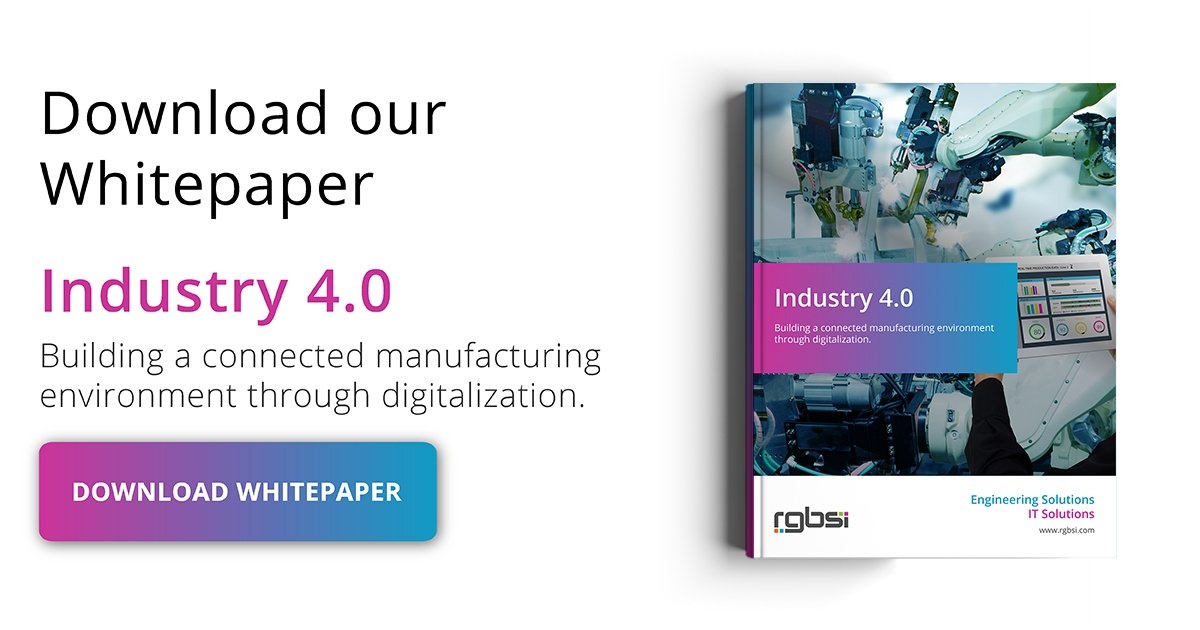![]()
IoT is short for Internet of Things, commonly abbreviated as IoT.
The Internet of things refers to the ever-growing network of physical objects that have a unique IP address (like your phones and computers) and wireless hardware for internet connectivity. It also refers to the network between these IoT connected devices, objects, and systems. Sometimes, these objects or devices communicate with other related devices and act on the information they get from one another. With this straightforward explanation, you will fully understand the ins and outs of IoT.
The History of the Internet of Things (IoT)
The roots of IoT stretch back to a presentation at Proctor and Gamble given by Kevin Ashton, who used the term "The Internet of Things" back in 1999, a co-founder of MIT Auto-ID Lab. He pioneered the use of radio frequency identification (RFID) in supply chain management and started Zensi, a company that designs and manufactures energy sensing and monitoring technology.
Today’s IoT systems feature internet and network connected devices which communicate with the cloud (a remote server connected through the internet). The IoT device sends data to the cloud and a custom-built software processes it on the server. It then sends instructions back to the IoT device and the IoT device performs an action without the need for human action.
There are millions of IoT devices including actuators, wireless sensors, smart sensors, and computing devices like Alexa or Google Home. There will be many more millions of IoT devices connected as 5G mobile wireless continues to roll out across the world and many new IoT ecosystems.
How do businesses use IoT?
IoT ecosystems empower companies to automate and control daily tasks without human intervention. But humans are not totally useless in an IoT environment. An automated process using IoT provides transparency in communication between devices, so companies can tweak or analyze overall quality, efficiency and uniformity of the IoT ecosystem.
In Industry 4.0, IoT devices are deployed to monitor and control electronic, mechanical, and electrical systems used in various types of industrial facilities (smart factories, assembly lines, and manufacturing facilities as example), as well as for building automation systems. This is known as the Industrial Internet of Things (IIoT).
What about the Industrial Internet of Things (IIoT)?
IoT has grown from a consumer desire to connect all our smart devices together. But in a big industry such as manufacturing, this means establishing model-based engineering (MBE) standards to connect machines and automation across a facility to a single digital platform or infrastructure aka the Industrial Internet of Things (IIoT).
The concept of IIoT is the same as IoT, just with a more niche focus. Instead of connecting consumer devices, the interconnected sensors, instrumentation, and other networked devices work with advanced industrial computing applications like manufacturing and energy management. In IIoT, a network of sensors collect critical production data and send it to cloud software to parse through the data and return valuable insights about the quality and efficiency of manufacturing operations, for example.
How is IIoT used in Industry 4.0?
In Industry 4.0, an industrial company will use an IIoT platform (consisting of hardware and software) to connect devices and equipment used for different processes in their facilities.
IIoT is used for supply chain management and optimization. By using IIoT platforms companies gain strategic awareness in the form of insight, control, and data visibility across their entire supply chain. By leveraging this data in real-time companies can adjust to changing market conditions and deliver products and services to market more efficiently, more lucratively,and at a higher rate of quality than competitors.
IIoT is also used by companies to predict potential problems before they happen in factory settings using data collected from the hardware and software in the IIoT platform. This has the effect of automating and streamlining maintenance and repair operations, saving the company time and money while increasing productivity.
About RGBSI
At RGBSI, we deliver total workforce management, engineering, quality lifecycle management, and IT solutions that provide strategic partnership for organizations of all sizes.
Engineering Solutions
As an organization of engineering experts, we understand the importance of modernization. By pairing modern technology with design expertise, we elevate fundamental engineering principles to accommodate growing product complexity requirements. We work with clients to unlock the full potential of their products and enable future innovation. Learn more about our automation and digital engineering services.
IT Solutions
We work with clients to support IT related areas of application development, ERP, infrastructure, project management, and digital engineering.
Learn more about our IT solutions.











